Mistress of Spices: Anita Jaisinghani Taught Texans to Love Indian Haute Cuisine. Now She Wants New Yorkers To Love the Texas-Sized Flavors of Indian Street Food.
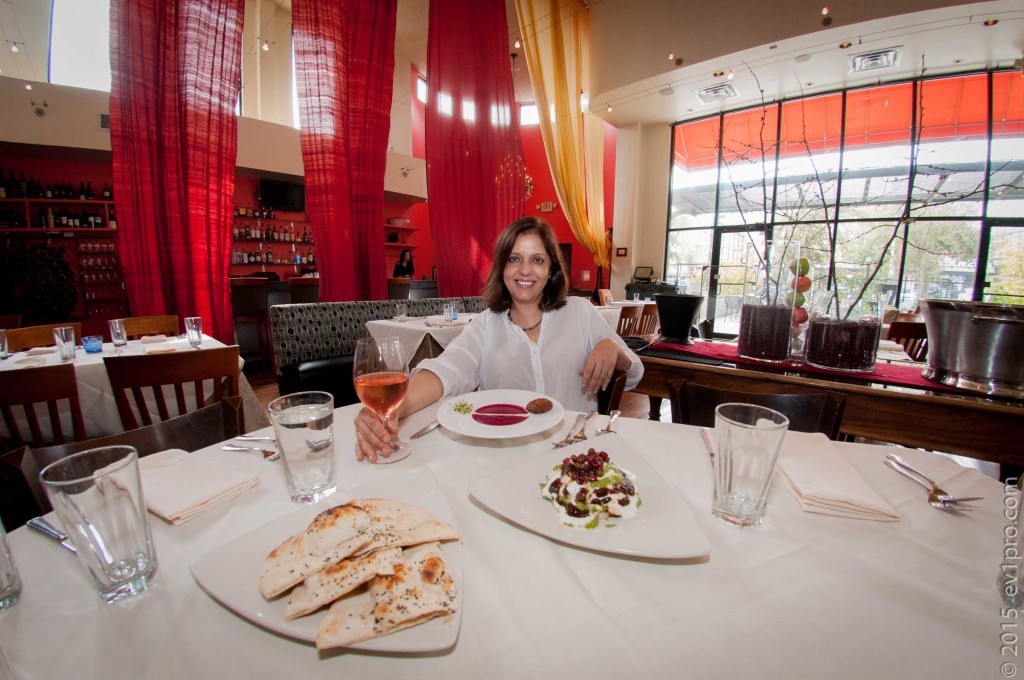
Early one morning in 2008, Anita Jaisinghani was puttering at Pondicheri, the then-new spinoff of her Montrose restaurant Indika. A customer, lured by the blackboard announcing Indian breakfast, studied the menu. His face darkened.
“Where’s the bacon?” he asked.
“That’s not part of our menu,” Jaisinghani told him.
“What about sausage? What about pancakes?”
”I’m sorry, we don’t serve those in an Indian breakfast.”
“No bacon, sausage, or pancakes?” the man sneered. ”This place isn’t going to make it.”
The normally feisty Jaisinghani teared up. In the eight years since she’d finished apprenticing at Cafe Annie and struck out on her own, risk-taking cuisine had become her signature. Still, each time she introduced new flavors to Houston, she felt frightened all over again.
She needn’t have fretted. Pondicheri’s breakfasts, from its morning frankies – savory masala eggs wrapped in roti – to thalis with yogurt, lentils, savory potatoes and hot naan, are now the restaurant’s number one draw. It’s a typical ending for Jaisinghani’s experiments, which started with Indika in 2001, when she resolved to bring complex, high-end Indian cuisine to a city whose taste for South Asian food didn’t extend much further than tandoori chicken.
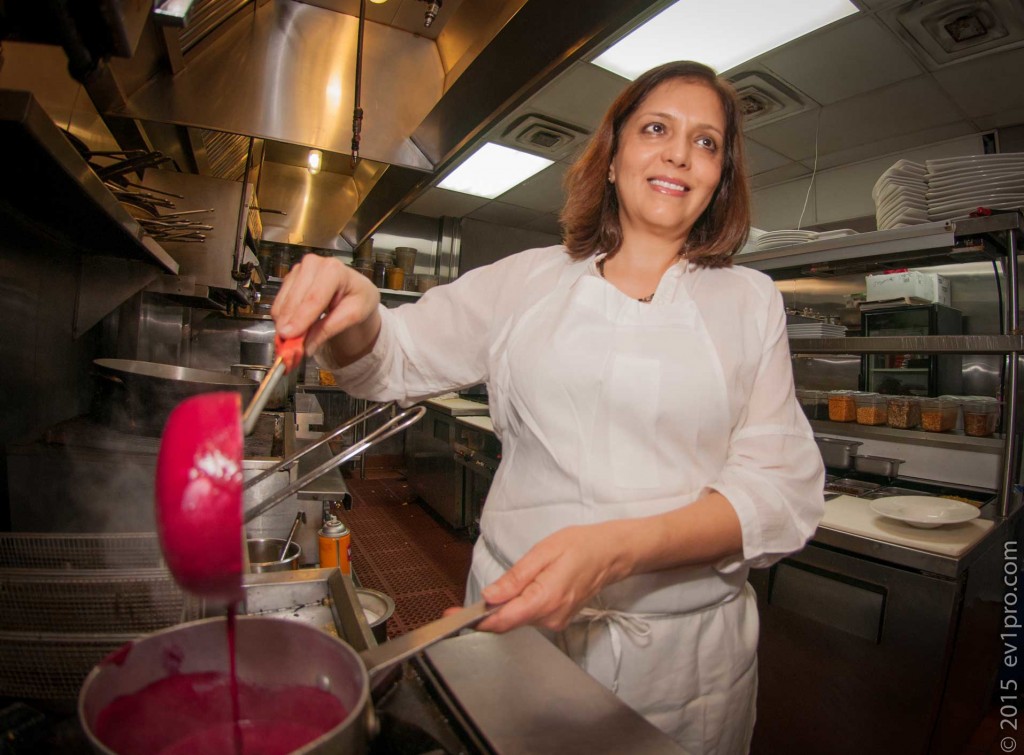
When Anita Jaisinghani strides into the room, it is easy to mistake her for a born leader. Curvy and strong, she wears a traditional Indian kurta tailored to look like a chic urban tunic. Her brown eyes are vivacious, but her voice is brisk: the voice of a chef who has run kitchens for almost 15 years, launched three businesses, and is used to both nurturing talent and firing slackers.
This November, she will test that brio once again, bringing Pondicheri’s wildly praised, idiosyncratic cuisine to New York. And again she is nervous. Exacting as they are about food, New Yorkers also have a different palate from Houstonians. Can the flavors beloved in a hot, tropical city translate further north?
Bold as she is, Jaisinghani was not born to boss. Raised in Gujarat, India, where her father had a civil service job and her mother was a homemaker, she was expected to achieve but not to lead. Then, when Jaisinghani was 12, her mother became ill, and Jaisinghani took over the kitchen. She was a natural. She had always loved food, and the family’s grocery bills skyrocketed as she tinkered with fancy foods found only in India’s big hotels. It was her first cooking school.
Like other girls of her cohort, Jaisinghani was carefully educated: her parents made sure she earned a bachelor’s degree in microbiology. But they also assumed she would put that education aside when she got married, in an arranged match that they initiated but she supported.
That’s how Jaisinghani met the man who would become her husband for 20 years, father of her two children, and now, although they are divorced, her business partner at Indika.
Jaisinghani’s husband, an engineer, was “the catch of our ethnic community, Sindhis,” she says warmly. They moved to Canada soon after their wedding, and when Jaisinghani said she wanted to work, he encouraged her. She trained as a medical technologist. But she and her husband also traveled and learned about how other countries prepare and present food.
”Indians tend to overcook,” she says. ”I remember going to the Swiss Chalet in Canada and eating roast chicken. I had never had a really juicy roast chicken. I thought, ‘Oh my God, this is so great.’” Later, on a trip to Frankfurt, one bite of pastry was a revelation: far more refined and less sweet than pastries made in the United States and Canada.
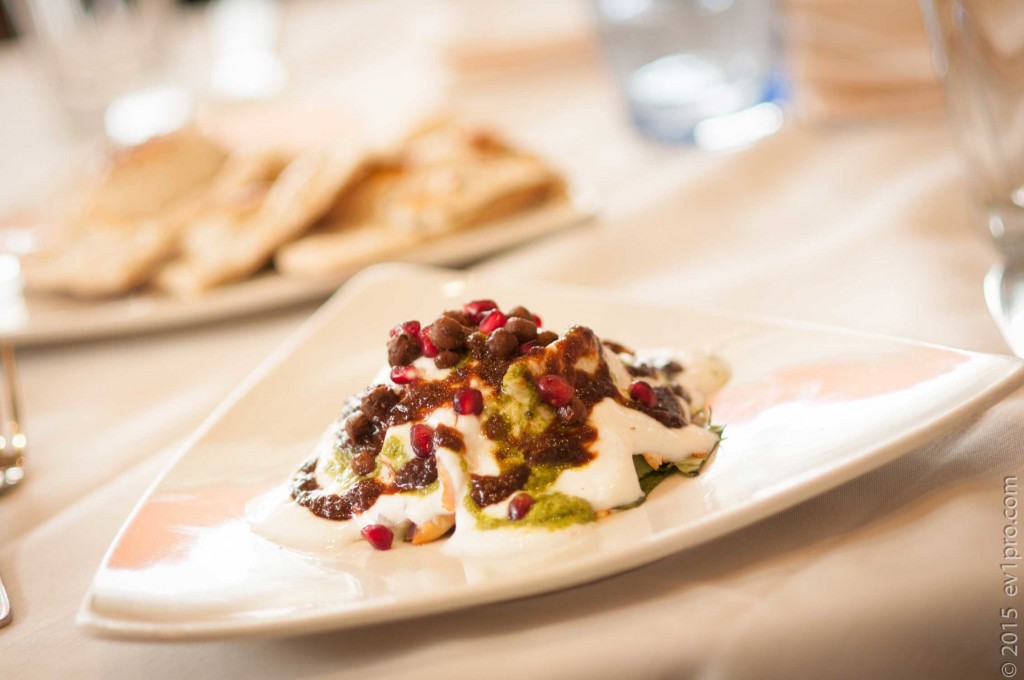
For Jaisinghani, not just the taste, but also the presentation of these new foods were life changing. During her childhood, Indians rarely ate in restaurants. Dishes were communal, and presentation was less important than the social connection of eating together.
”The part that I appreciate about the way Europeans and Americans eat is, you get your plate, you appreciate it, it’s your special food,” she says. ”If you look at the word restaurant, I think it came from the word restore. The first restaurants in the 1800s were places were people went to restore themselves after a long day’s work. It has now become the fashionable thing to go out to eat, but it’s not something I do every day or would want to. Instead, in both of our restaurants, it’s a little journey into my world. Why not celebrate a little bit? The whole experience should be special.”
When the couple moved to Houston in the 1990s, Jaisinghani’s opinions on cooking began finding their outlet. In 1997, while studying restaurant management at the University of Houston, she joined a friend to launch a chutney business. The homemade condiments took off: Houston Chronicle food writer Ann Criswell praised them, and they started to appear on the shelves at Whole Foods.
That taste of the food business made Jaisinghani crave more. She applied for a job at Cafe Annie and was rejected, then begged them to let her work for free. For a month, they let her work in the pastry department – “I had zero interest in pastry” – and while she secretly wanted to cook the fish being filleted across the kitchen, she proved such an eager apprentice that restaurant owner Robert Del Grande hired her. He and his staff became her mentors.
”If it weren’t for them, I wouldn’t be here,”’ Jaisinghani says. ”I learned how a restaurant kitchen worked! How the food goes out, all the drama that surrounds it.”
Not that she ever cooked an Indian meal there. Del Grande, she had heard, didn’t even like going to people’s houses for dinner. So after a year at Cafe Annie, she invited the chef with whom she worked to her home for dinner. He marched back to the restaurant and rhapsodized about the meal to Del Grande. ”I want to eat at your house,” Del Grande told her. Covering a box spring with a bed sheet and Indian pillows, Jaisinghani gamely hosted an Indian feast for Del Grande and 14 friends. When it was over, Del Grande said, ”You need to open a restaurant.”
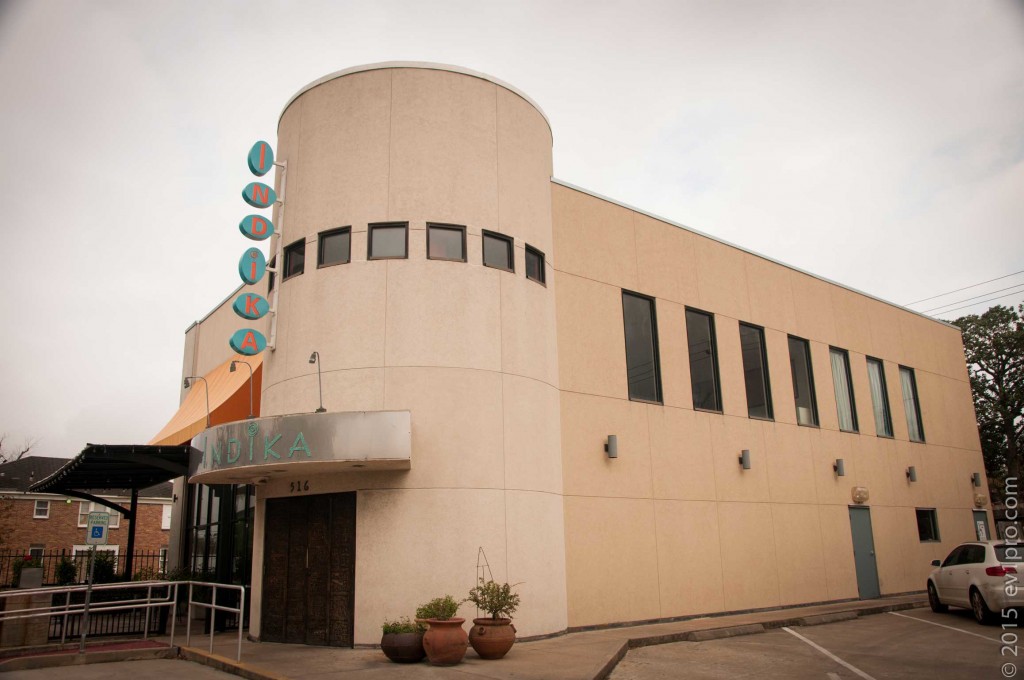
After two years, Jaisinghani left to launch Indika. Her former coworkers lavished her with help, even writing her a press release.
”They gave me the external push we all need,” Jaisinghani says. “I’ve always been proud of being Indian, even when it wasn’t fashionable. What I wanted was to do a place with really good Indian food. I wanted to elevate it.”
The end of the 20th century was a pivotal time to do this. Houston was one of the country’s top magnets for South Asian immigration, and locals quickly took to the chile-infused flavors of Indian food. But the humble, steam-table standards of those first restaurants were too limited, Jaisinghani believed.
“I never say those restaurants don’t have an important place in the city,” she says, “But in the early 1990s, I feel like India – the notion of India – was so narrow. I had people ask, ‘Do you have real roads in India? Do you live in a hut?’ I think there was definitely a stigma with curry. There was an association with it that it’s just a yellow sauce, not pleasant or appetizing.”
At Indika, she says, “I was not going to do a buffet place, or a quick-serve with tacky surroundings. Indians have an amazing sense of design, fabric, surroundings. And it’s a very complex cuisine. There is so much more to it than people knew.”
Indika, originally on Memorial near Beltway 8, in far west Houston, aimed to blow up all those limits.
The food couldn’t have differed more from steam-table fare. This was fine dining, from a kaleidoscope of India’s regions, the most diverse of any country in the world. And while the ingredients were authentic, the cuisine wasn’t conventional. Jaisinghani’s flavors were both delicate and unusually brash. Her menus included both vegan dishes and plenty of meat such as tenderloin stuffed with spicy sweet potatoes, Kerala-style octopus, and, on occasion, goat brains. Her curries were cooked without cream, and her vegetables often left raw – a rarity in India.
She reveled in using Indian seasonings as they were rarely tasted in the U.S.: fennel seeds, roasted and used as spice, were the secret to Indika’s clamored-for okra, while fenugreek, with its spike of bitterness, brought out the flavor of the butter chicken. “People talk about umami,” Jaisinghani says. ”But with Indian food you can create such magic with spices. It’s not just the spice itself – it’s how we use them.”
A 2001 review by Houston Press food writer Robb Walsh sent diners pouring in to try the new tastes. Indika even gained a reputation early on as gay-friendly, after Jaisinghani reflexively defended some gay servers from Memorial patrons who refused their help.
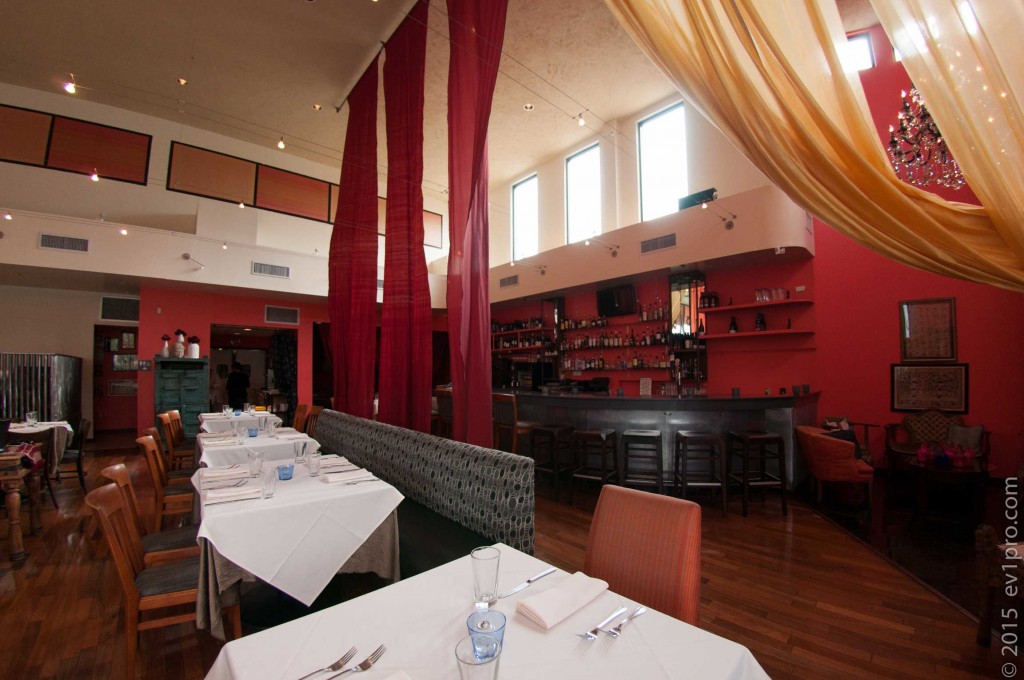
It was a handy profile to have, when, five years after opening, Jaisinghani and her husband moved the restaurant to lower Westheimer in Montrose. It was mainly an economic move: Jaisinghani’s husband wanted to buy the land, which at that time was reasonably priced. Because the restaurant’s higher prices kept it in a particular niche, the strategy paid off: without the pressure of having to pay a landlord, Indika managed to survive the recession without lowering its standards.
Elegant and airy, it is lusciously appointed with saffron walls and huge carved doors the color of dark chocolate. Bright canvases, commissioned from India, cover the walls. Tables, upholstery, curtains are all draped in brilliant textiles from Jaisinghani’s trips home. Indika, she insisted, had to be as magical, stimulating, and refined to look at as the food was to eat.
The experiment worked: Houstonians grasped Indian high cuisine. So in 2011, Jaisinghani set her sights on a new challenge: cooking street food, the culinary love of her childhood.
”I had been missing it so much,” she says. “Especially the family of street foods called chaat. Chaat literally means ‘to lick’ – finger-licking good. Essentially, it’s a little puff, and they’ll put a fritter on it, some potato, some onion, tamarind, and chutney. Chaat is sweet, savory, salty, and spicy at the same time. It’s never eaten as a meal. Indian street food is for snacking. You can eat it in the middle of the day. And it’s so intense in flavor, even with such humble ingredients.”
Pondicheri, an industrial-looking space softened with swooping Indian textiles and a bakery shelf strewn with rose petals, quickly converted Houstonians to its new flavors. The constantly changing menu showcases the intense flavors of chiles, tamarind, and cilantro.
At the same time, it is also a celebration of local ingredients such as Gulf Coast drum fish, dusted with chile powder, and locally sourced shrimp, all brightened by Jaisinghani’s beloved salads.
“Over the years of cooking at Indika, I’ve become more and more of a health fanatic,” she says. ”I’m a believer that food should make you feel good after eating it.”
The jewel-colored, moderate-sized servings also reflect Jaisinghani’s philosophy about food in everyday life. “In India we waste nothing, nothing,” she says. ”Food scraps are collected and given to dogs and animals. Bottles are washed out and someone comes around and pays for them.”
Once again, Houstonians bit at the innovative cuisine. The Houston Press named Pondicheri 2011’s Best New Restaurant of the Year, and in 2012 it was a semifinalist for the James Beard Awards in Best New Restaurant. Last year, the Houston Chronicle ranked Pondicheri 14th of the city’s top restaurants.
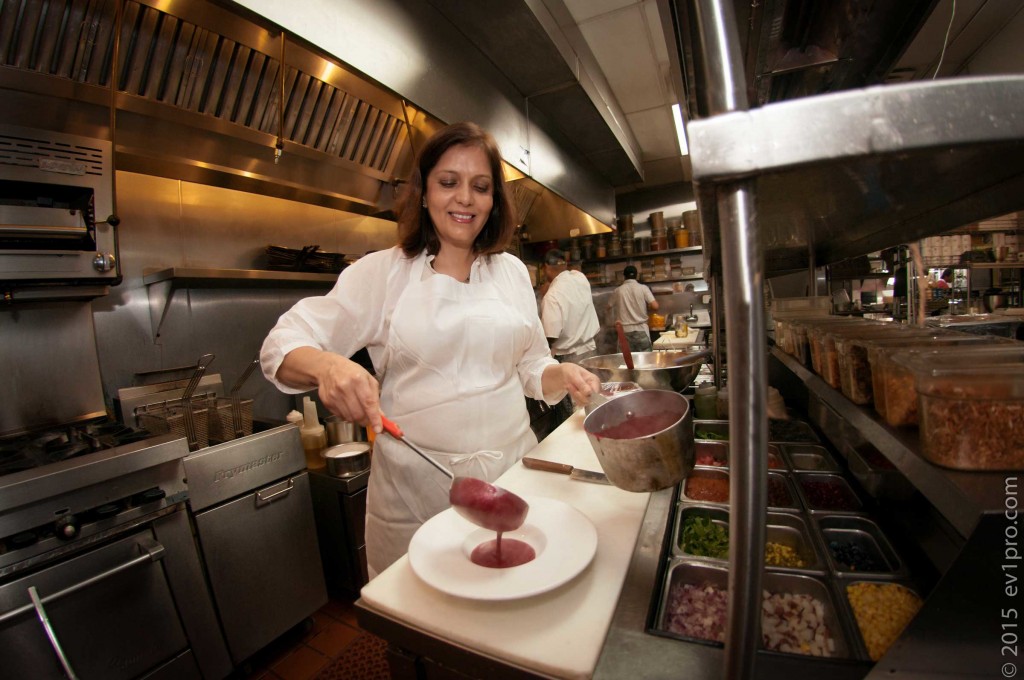
Now, inspired by all the love, Jaisinghani is poised for the next gamble. After looking closely at Austin (“I’m not hip enough for Austin,” she laughs), she has chosen New York for Pondicheri’s first outpost. This fall, she will open a Pondicheri in Manhattan’s Flatiron district. But this time, the challenge isn’t proving the refinement of Indian food, or that breakfast doesn’t need bacon. It will be teaching New Yorkers to handle the bang and snap of flavors that Houston diners take for granted.
Talented as she is, critic Robb Walsh noted in 2006, “Anita Jaisinghani owes part of the credit for her success to the palates of Houstonians. Floyd Cardoz at Tabla in New York will never be able to make his food as spicy as it should be, because New Yorkers are wimps when it comes to chiles.”
Jaisinghani is more diplomatic. ”It’s such a different group of people,” she says. ”When we first opened Indika, we didn’t even have Indian patrons – they complained the food was too spicy. But the locals loved it from the beginning – they wanted more heat. I don’t know if New York is willing to accept the bold flavors that they do here in Houston. But I’m not going to hold back. I’m going to go Texan.’
